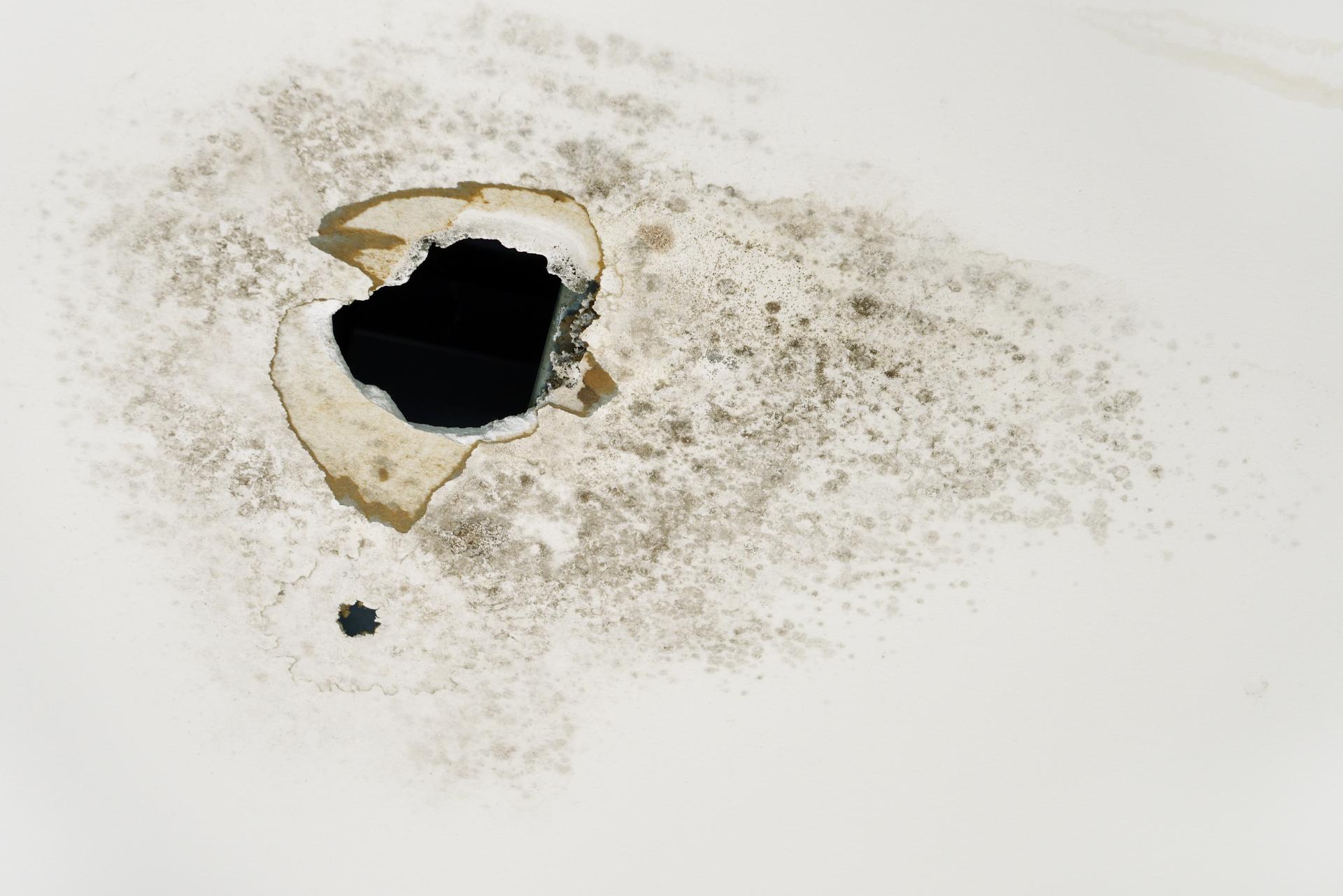Do you have any structural issues in your house?
Structural issues are classed as anything impacting the structural integrity of your house. Such issues are usually caused by anything from poor build and design, or faults that have developed since the house was built. This article may help you understand and spot the signs of structural damage in your home, helping to prevent any future fundamental problems.
Indicators of structural damage:
Bulging or leaning walls
In the beginning, it may be difficult to spot bulging or leaning walls, as they appear subtle at first. In general, a prolonged period of time will pass before they become obvious to the naked eye. After a while, they may show themselves as an inward curve where walls should be straight. Observations such as this could point towards the issues with the house foundation or structural problems, and it is vital to address them as soon as possible to reduce any risks to your safety.
Floors are uneven
Settling foundation and improper construction can cause serious issues with flooring, which usually require structural engineers to assess. Other causes include wet rot, dry rot, or cracked floor joists.
Cracks
Cracks in plaster, stonework and brickwork can be difficult to understand as they can be superficial, but they could also be a serious sign of settlement issues. Settlement issues mean there’s more settling of the house on one side than the other, leading to an imbalance. Keep an eye out for any kind of cracks, (both internally and externally) as they could lead to irreparable foundation problems in the future.
Roof leaks and sagging roofs
If your roof is younger than 20 years and has a leak, it could be an indicator that the roof timbers are moving outwards. If you have a sagging roof, this could be caused by the removal of load bearing walls, mis-sized framing timbers or overloading.
Windows and doors that stick
If you find that your cupboard doors are opening on their own or your doors and windows no longer open the way they usually do, there could’ve been movement in your house that points to subsidence. These are typical signs that your foundation may need fixing.
Blistering or peeling paint
There is a chance that cracking, blistering or peeling paint is a sign of a poor paint job, but it could also mean a lot more. If you investigate the area and find mixture or water, it could be a sign of a leak which can lead to further structural damage.
If you find you have any of these signs, it could mean that you have some form of structural damage. Therefore, it is advisable to get in contact with a professional to understand how you can resolve the issue.



